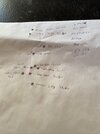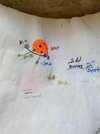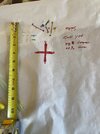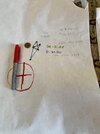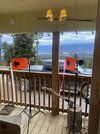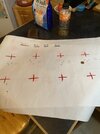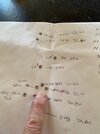JFrank
Member
I see what you doing but may I suggest that one should run charge ladders with different powders using a chosen bullet that defines the mission while judging the overall size/performance of each group of charges.I know everyone knows that, but here is a good example. All 3 rows are using the same powder (H335) charges, 5 of each charge for each bullet. First row is 52gr SMK's. 2nd row is RMR bulk Hornady 55gr FMJ-BT with cannelure. 3rd row is RMR bulk 55gr FMF-BT. All shot out of a new Tikka T3X Super Varmint in a Whiskey-3 chassis. Groups shot right to left with the highest charges on the right.
Some decent groups in the first 2 rows I'll focus in on more. But I found it interesting how much the 3rd row opened up. I did let the gun cool down between ladders. And I shot a control group of a known very accurate load at the end. The control group was very tight at just under .300.
EDIT: 100 yards, .223
View attachment 1199919
For example, the bullets tested may not be appropriate for the powder or the mission leading to one to chasing tails.
In other words, pick a bullet first then develop a load starting with finding a powder combination the barrel likes.
J


